Fiber Joint Enclosure: An Overview
The fiber joint enclosure, a pivotal component in the realm of fiber optic communication, serves as a protective vessel for fiber optic splices and connections. Its primary function is to shield the delicate optical fibers from environmental hazards and mechanical damage, ensuring the integrity of the signal transmission.
Types and Applications
There are various types of enclosures such as the optical fiber splice box, fiber optic splice enclosure, and outdoor fiber optic splice enclosure. Each type is designed to cater to different environments, from indoor settings to harsh outdoor conditions. The joint box fiber optic is commonly utilized in telecommunications, CATV, and fiber optic networks, playing a crucial role in the distribution and management of fiber optic cables.
Features and Materials
The construction of a fiber joint enclosure typically involves robust materials like stainless steel or high-grade plastics, offering durability and resilience. Features may include weatherproof seals, impact resistance, and the ability to withstand extreme temperatures, making them suitable for both external fibre splice enclosure applications and indoor use. The adaptability of these enclosures is evident in their compatibility with various types of fiber optic cables and connectors.
Advantages of Fiber Joint Enclosures
Utilizing a fiber optic joint enclosure provides numerous advantages such as protection from dust, water ingress, and physical impacts. These enclosures facilitate easier maintenance and upgrades due to their organized structure. The joint enclosure box is designed for scalability, allowing for additional cables to be added without compromising the system's performance.
Selection Considerations
When selecting a fiber optic joint enclosure box, factors such as capacity, size, and environmental rating should be considered. For instance, a joint closure 48 fibre is suitable for a system requiring a high fiber count. It is crucial to choose an enclosure that meets the specific needs of the network it will serve.
Conclusion
In conclusion, the fiber joint enclosure is an essential component for safeguarding fiber optic connections. Its selection should be based on the specific requirements of the application, taking into account the type, features, and advantages that align with the needs of the fiber optic network.
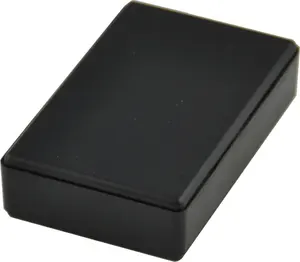








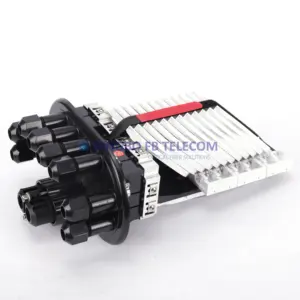



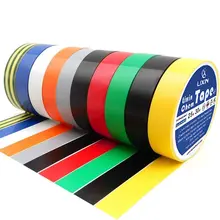

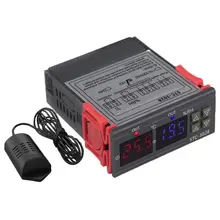


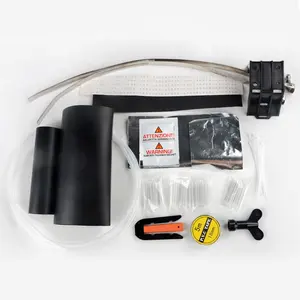
























 浙公网安备 33010002000092号
浙公网安备 33010002000092号 浙B2-20120091-4
浙B2-20120091-4